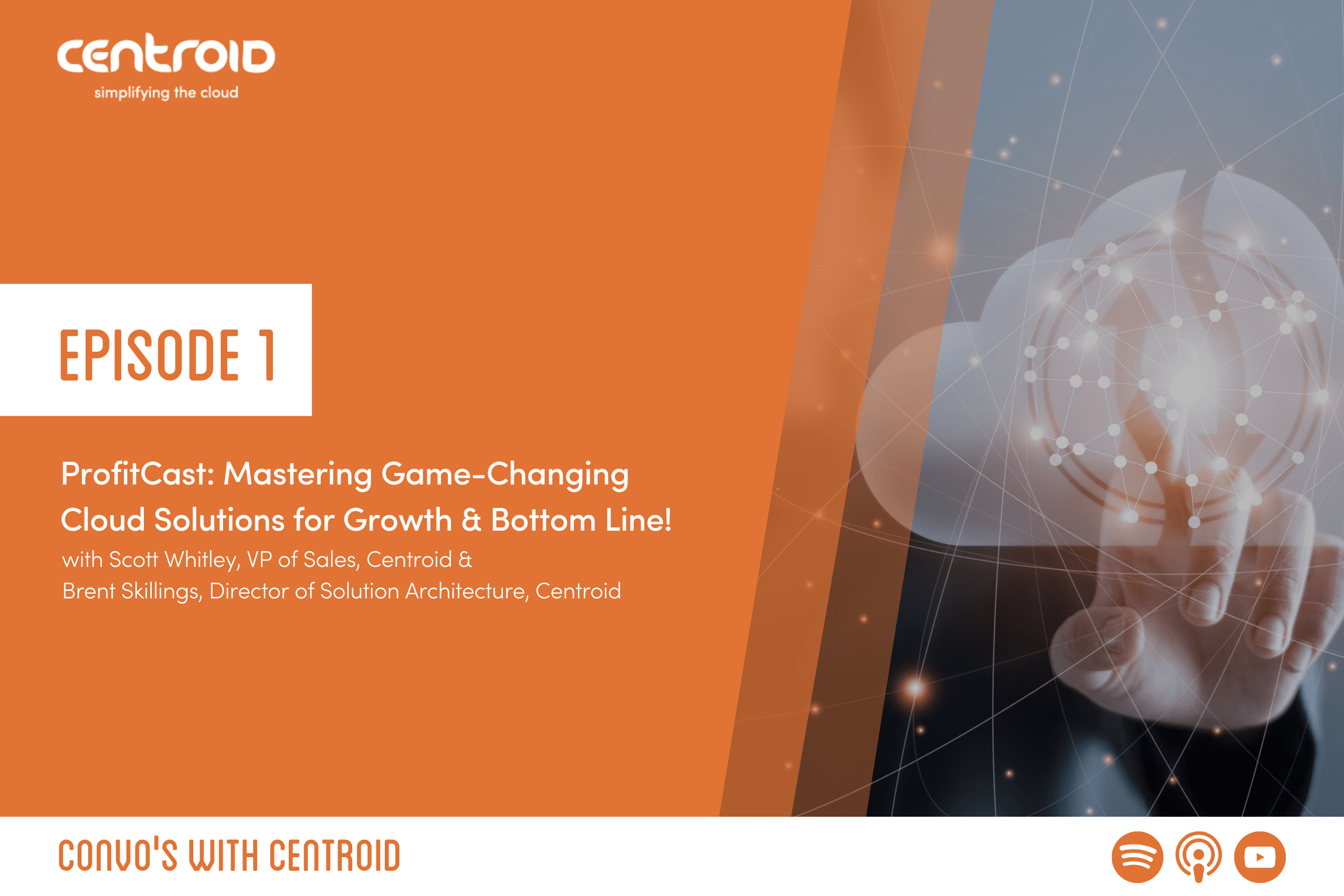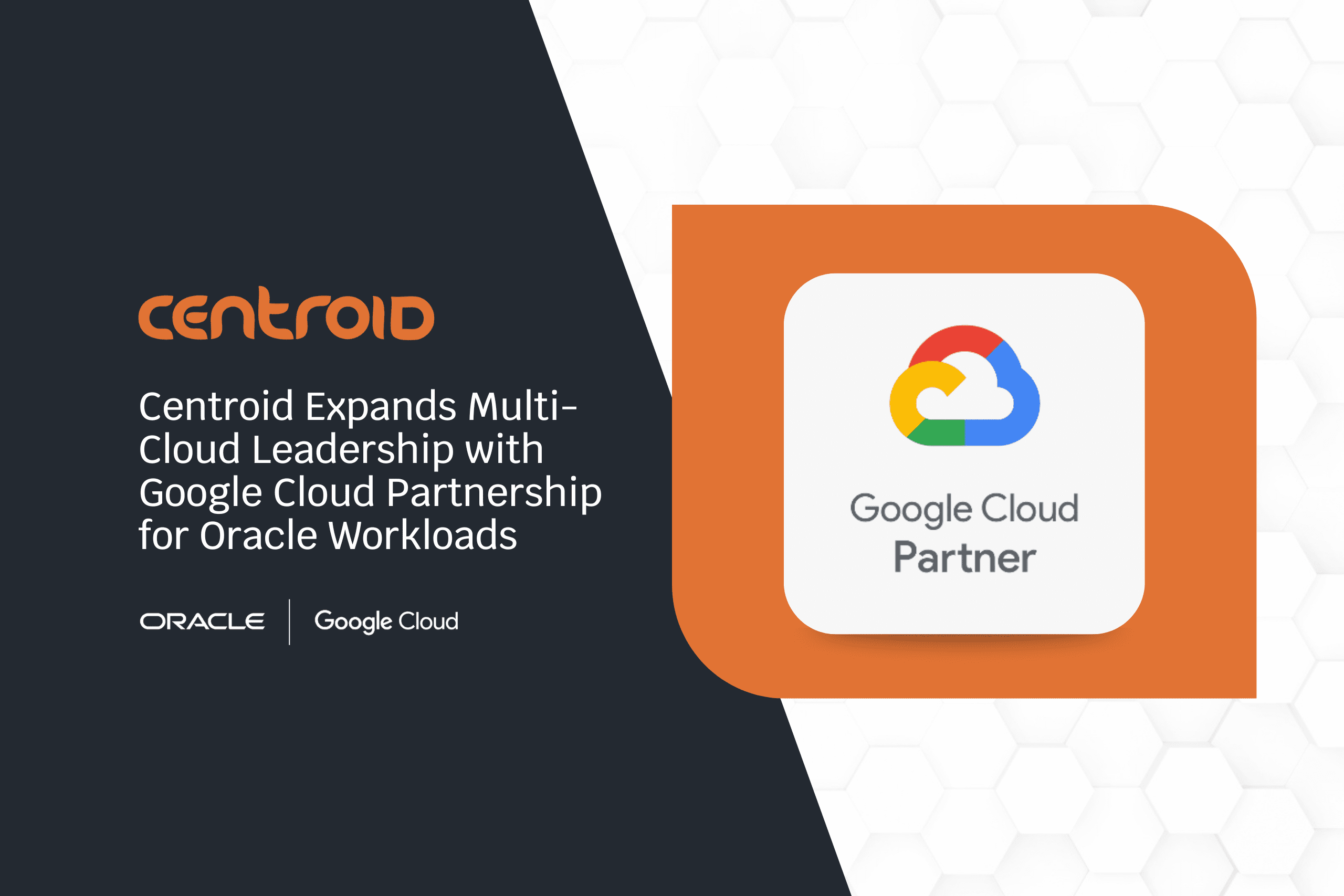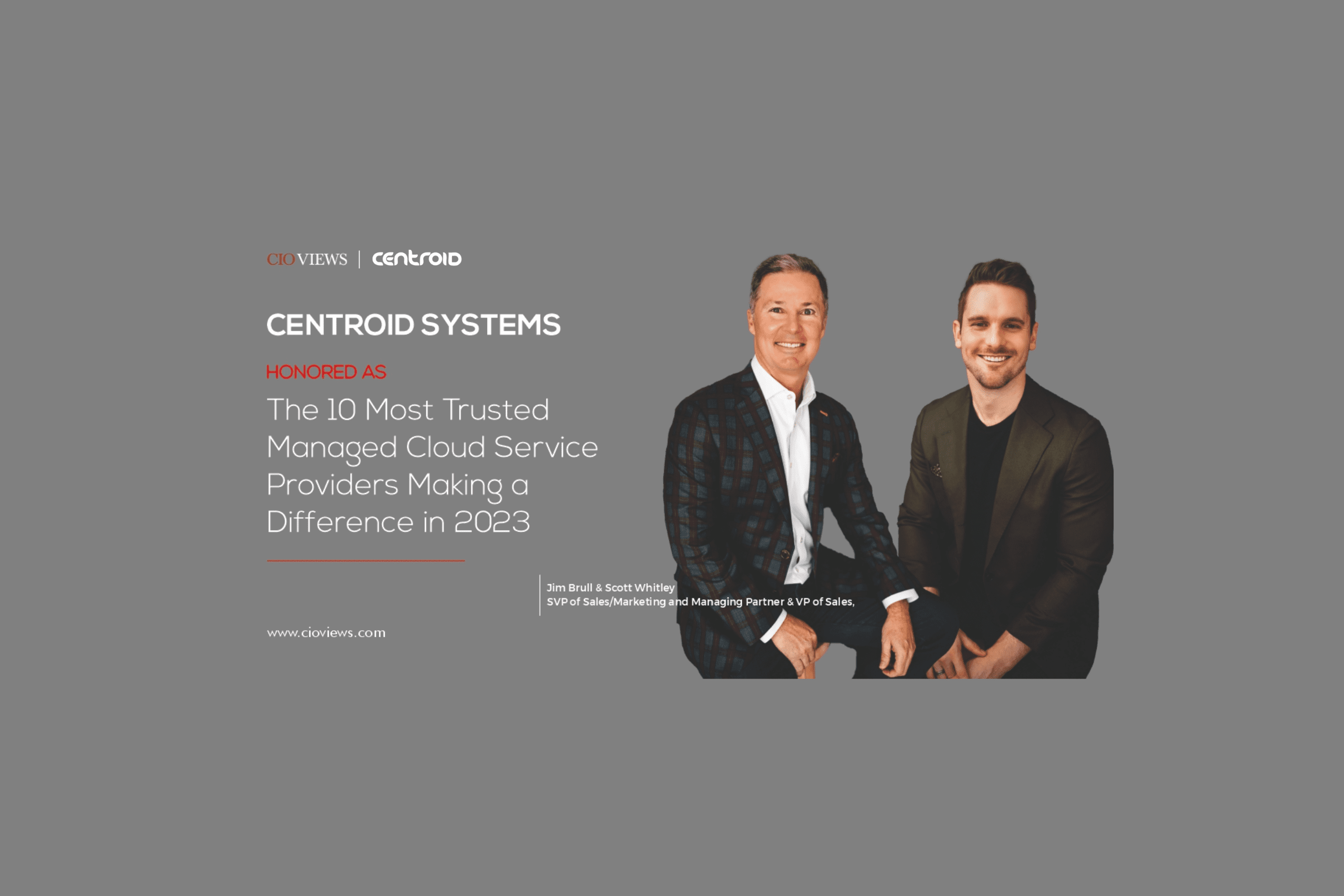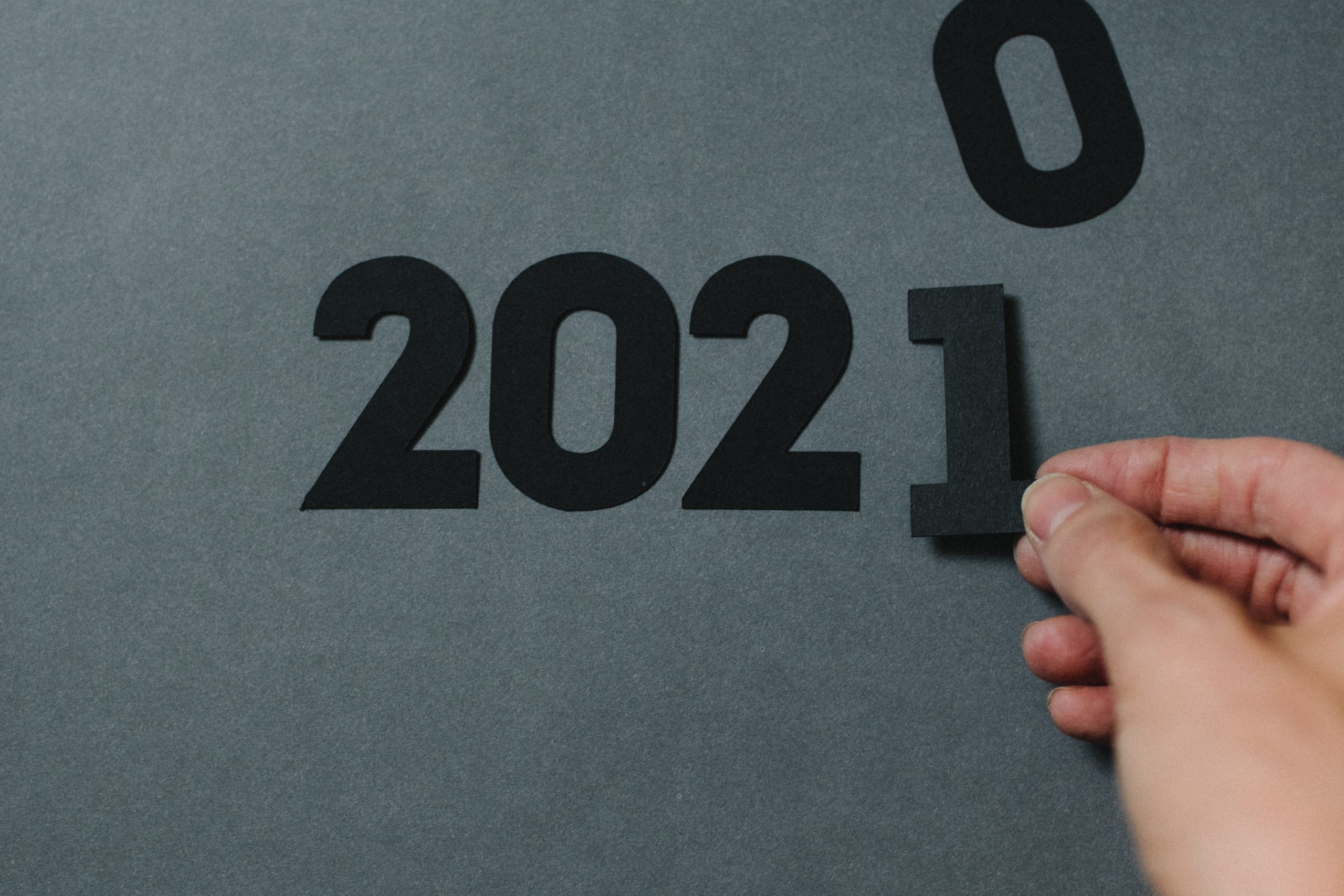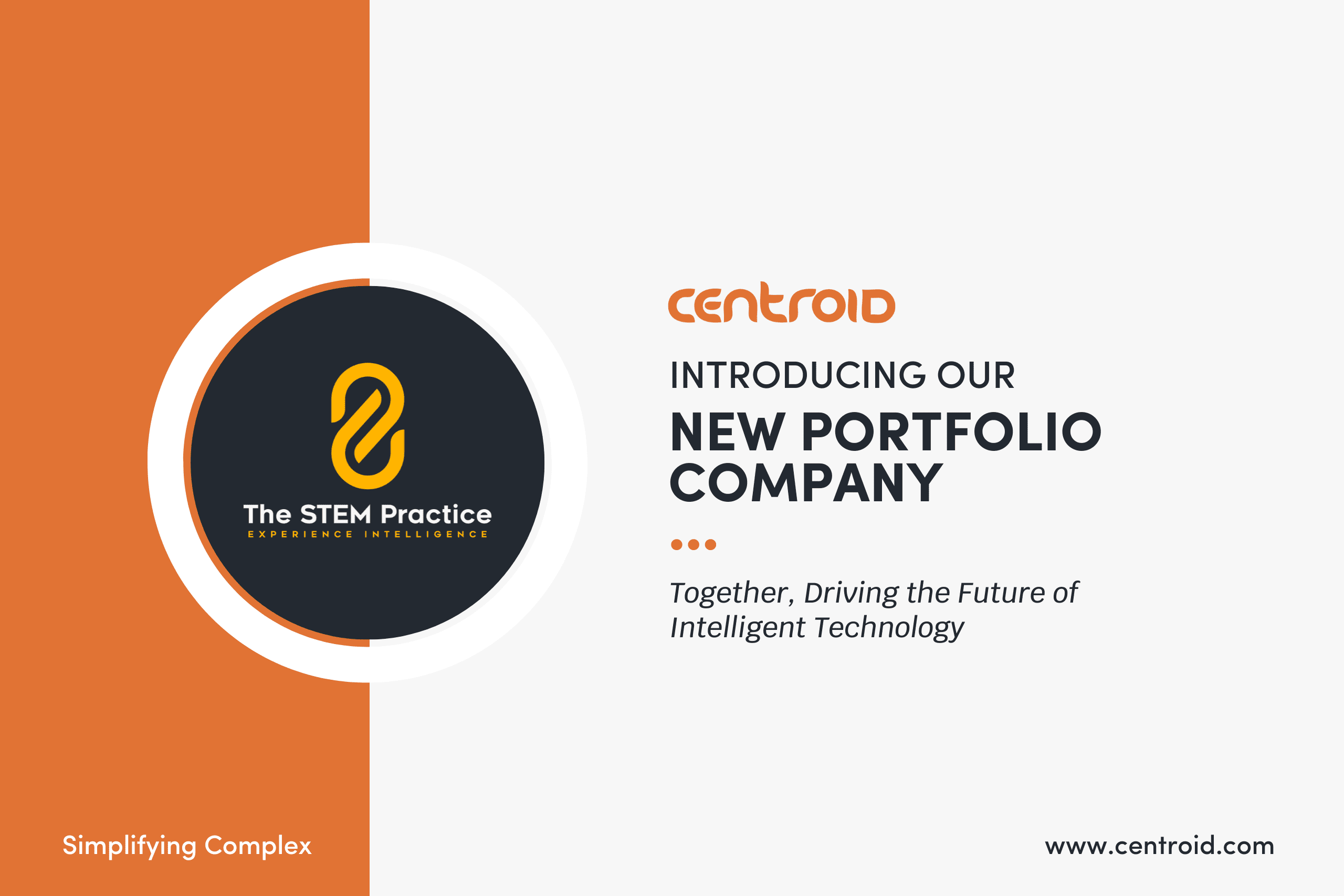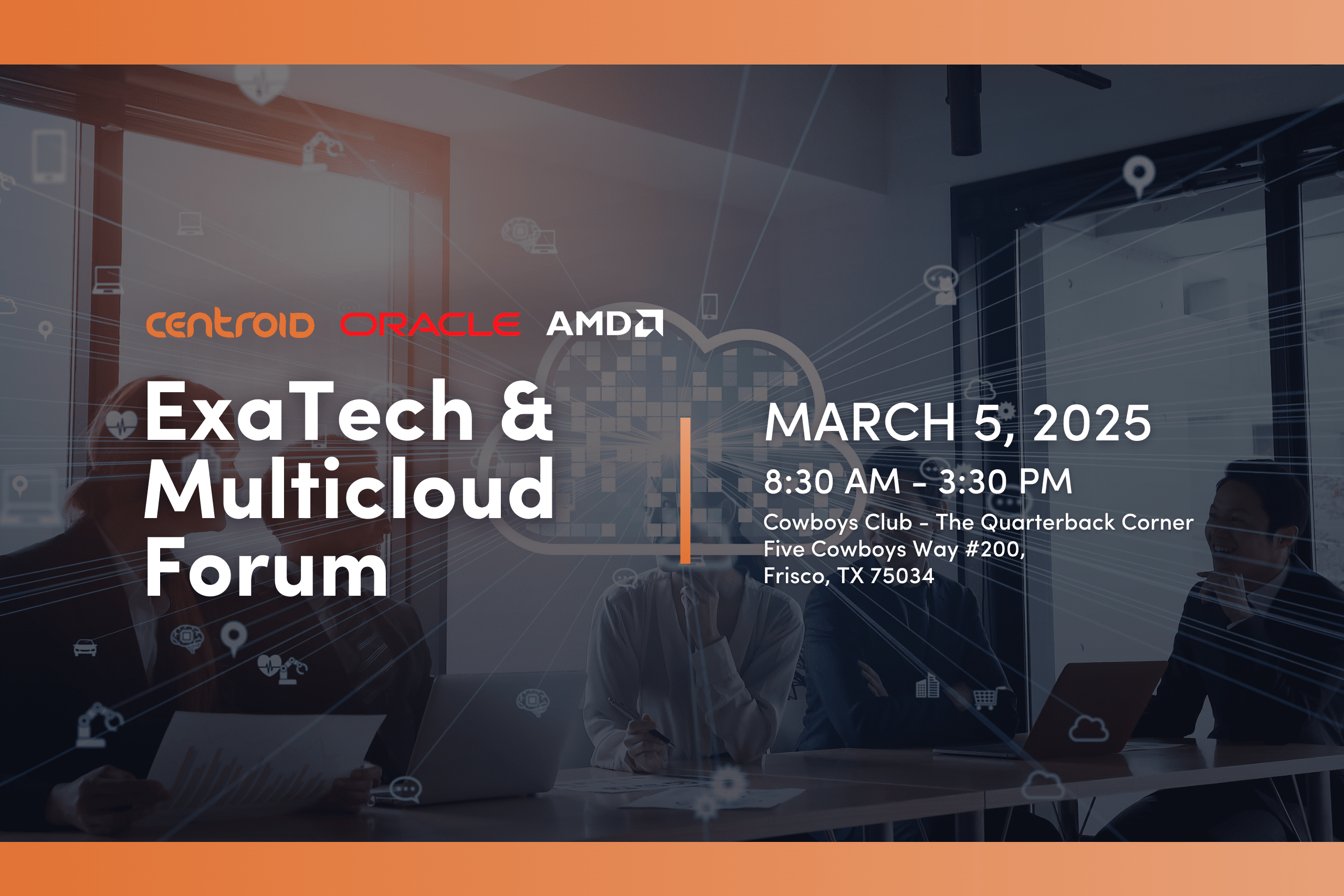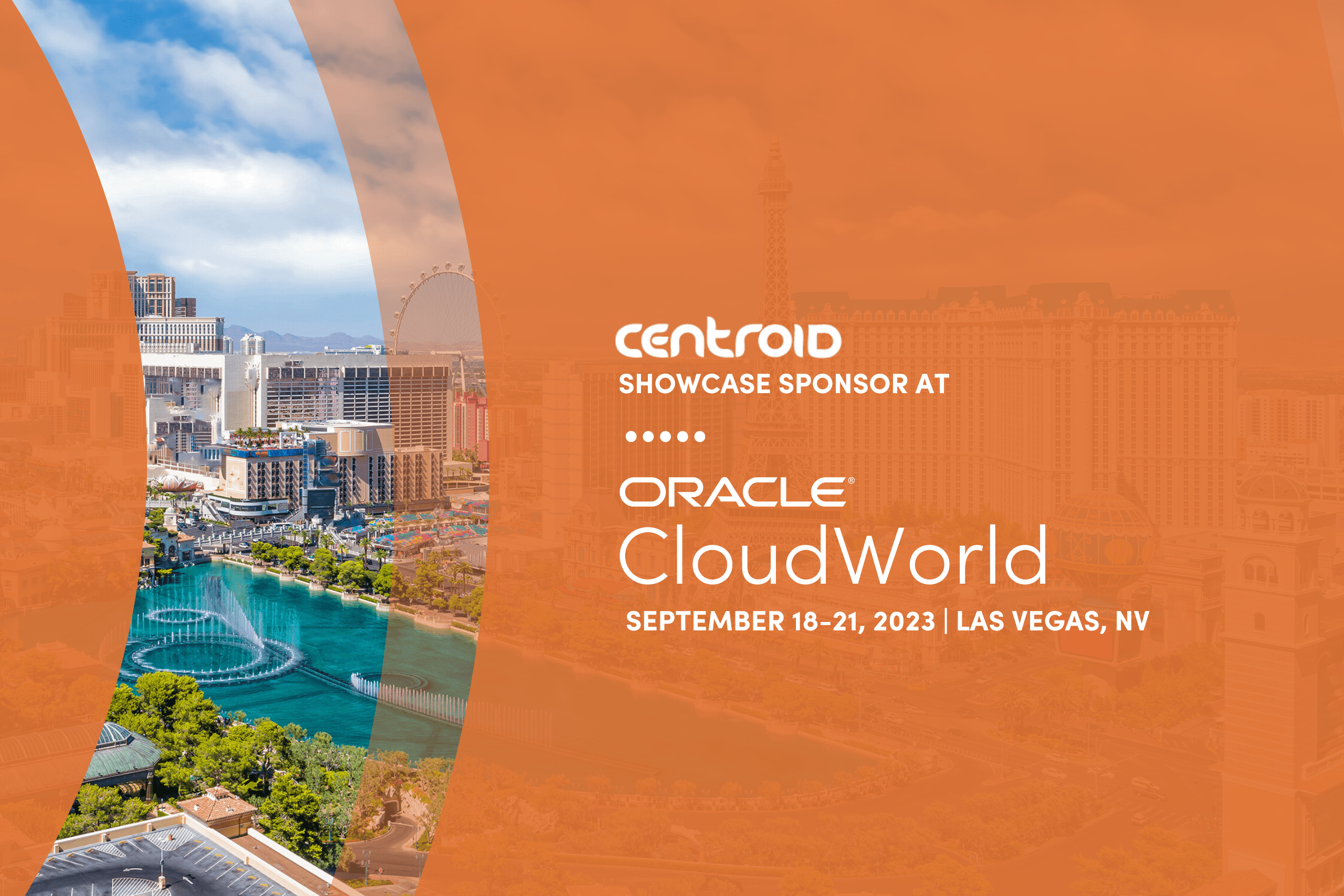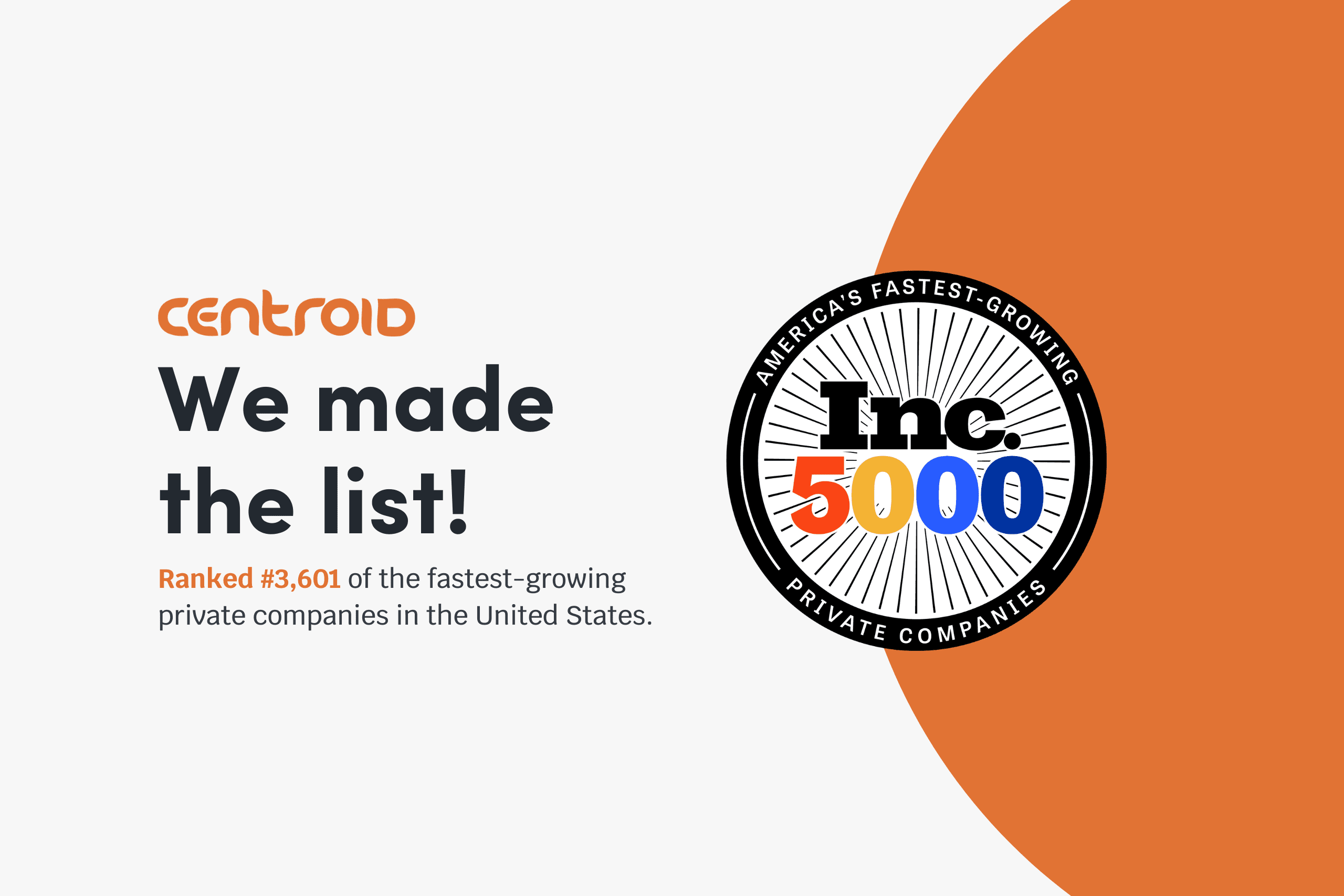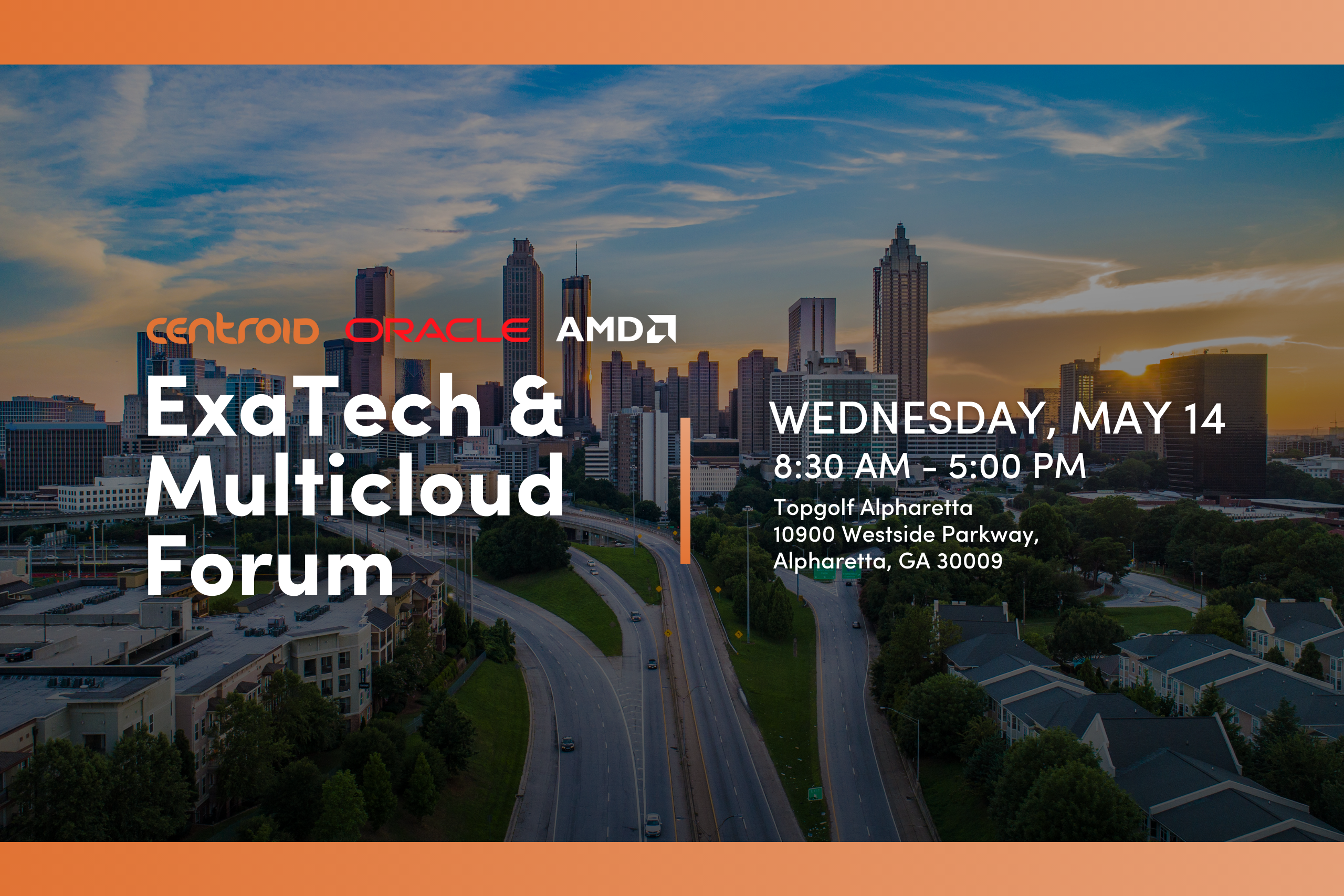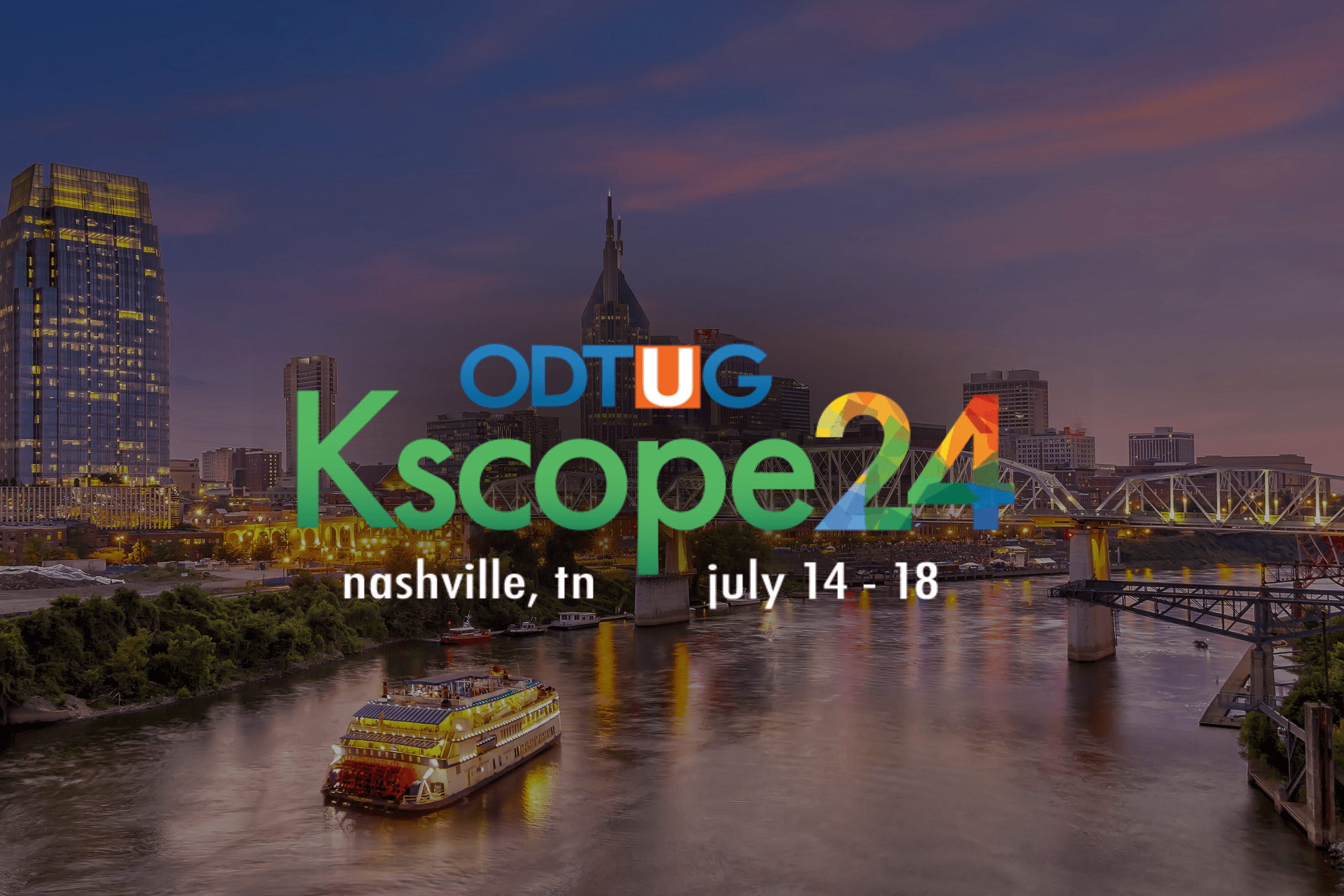by Ralph Henson, Director of Financial Close and Consolidation
Oracle Enterprise Data Management (EDM) is not just for maintaining hierarchies anymore! Over the past couple of years, Oracle has released a number of impactful updates to EDM that have enabled new capabilities and benefits for our customers.
Common scenarios we see EDM used for include:
- Chart of Accounts (COA) re-design
- M&A activity such as mapping legacy COAs from disparate ERPs and other systems to the enterprise COA
- Cloud Data Management (DM) data map loading between applications
This blog will explore one of the new features released in EDM that enhances the way our clients interact and use the application for the enablement of Chart of Accounts re-design and the mapping of the legacy COA to the redesigned COA.
As clients move to the cloud and migrate from their existing ERP/EPM (such as Oracle E-Business Suite, PeopleSoft, SAP, JD Edwards, Hyperion Financial Management or Planning) to Oracle Financial Cloud (FCGL, FCCS, EPBCS), they often simultaneously undertake a COA re-design initiative. This can be a challenging process because clients are wrestling with best practices and definitions of COA segments (thin vs thick ledger, extended segments, etc.) while learning new platforms and trying to determine the best migration path to the cloud.
To help with this effort, we encourage our customers to utilize EDM for a COA redesign - and not to wait.
One obstacle we have seen preventing clients from fully embracing EDM as a facilitator to redesigning the COA in this process is licensing costs as a function of record count. A recent Oracle enhancement directly addresses that concern.
EDM now provides a specific node type (Legacy GL Node Type) for customers to use to hold and map legacy system dimension members to map to dimension members of a redesigned COA as part of an ERP or Cloud modernization project. One added benefit for customers looking to use this new approach is that nodes assigned to this new node type do not count against subscription record counts for EDM.
Although this node type has limitations on its properties that cannot be modified, the node type does have flexibility in how it is used.
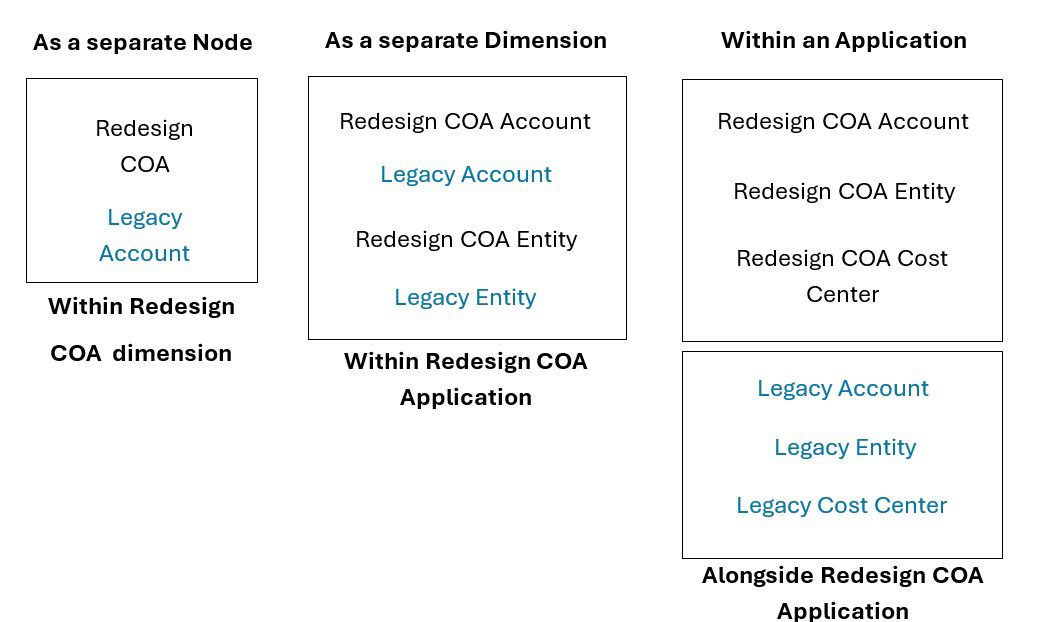
Once we have captured both the Legacy and Redesigned COA members, our clients can use EDM to both map and validate that nothing is missed as they navigate from their legacy COA to the redesigned COA using views to visualize and generate mapping of legacy COA to redesigned COA and to use the application to verify all legacy members have been considered and mapped to a redesigned COA member.
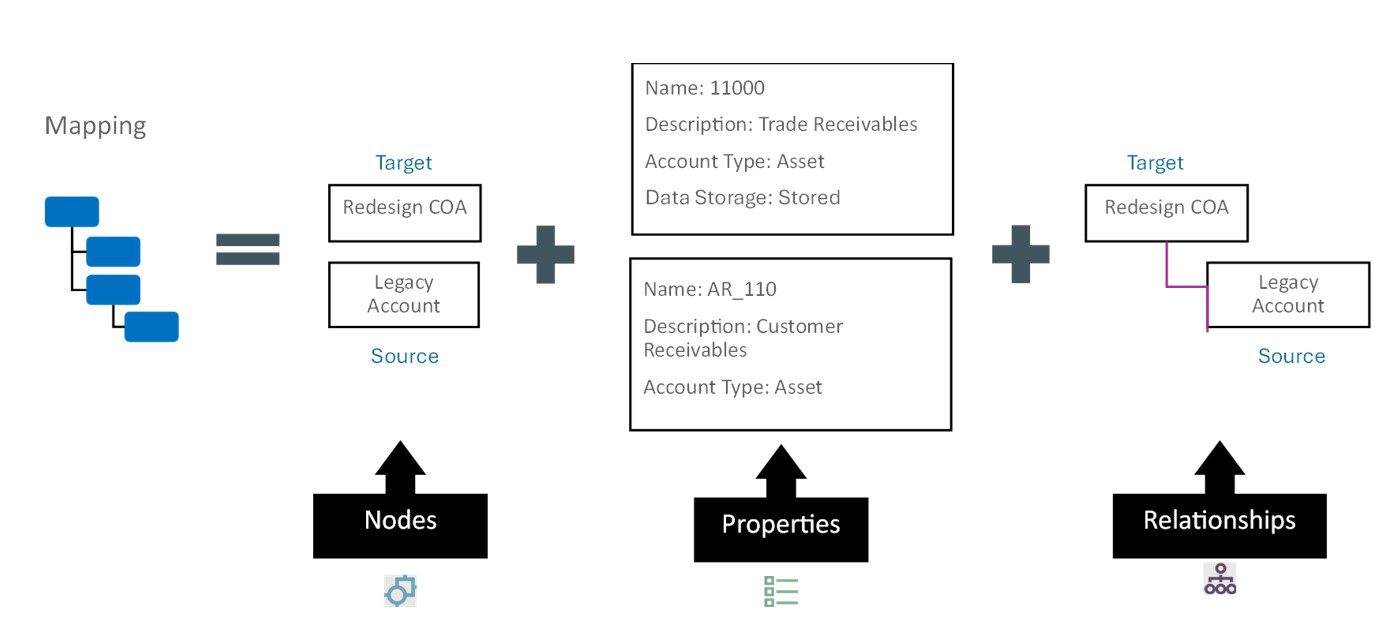
Furthermore, the use of subscriptions and approvals within EDM facilitates our customers’ ability to use an iterative process within their teams to both create and validate the redesigned COA as well as define and refine mappings of the legacy applications to the redesigned COA.
Why is this Important?
Our clients can fully extend their usage of EDM beyond hierarchy management to include mapping maintenance for ERP and EPM target systems. With the variety of mapping approaches available, the ability to create connections for publishing mappings directly to the targets, and the specialty node type to ease licensing concerns, clients can now use EDM for COA redesign and mapping during their cloud migration efforts!
Set up a complimentary consultation
Our comprehensive range of Oracle Cloud EPM services can help your organization optimize mission-critical financial reporting, budgeting, and accounting processes. Connect with our team of EPM experts and begin transforming your financial workflows today. Simply fill out our brief contact us form or reach out to us at [email protected] to schedule a complimentary consultation!
